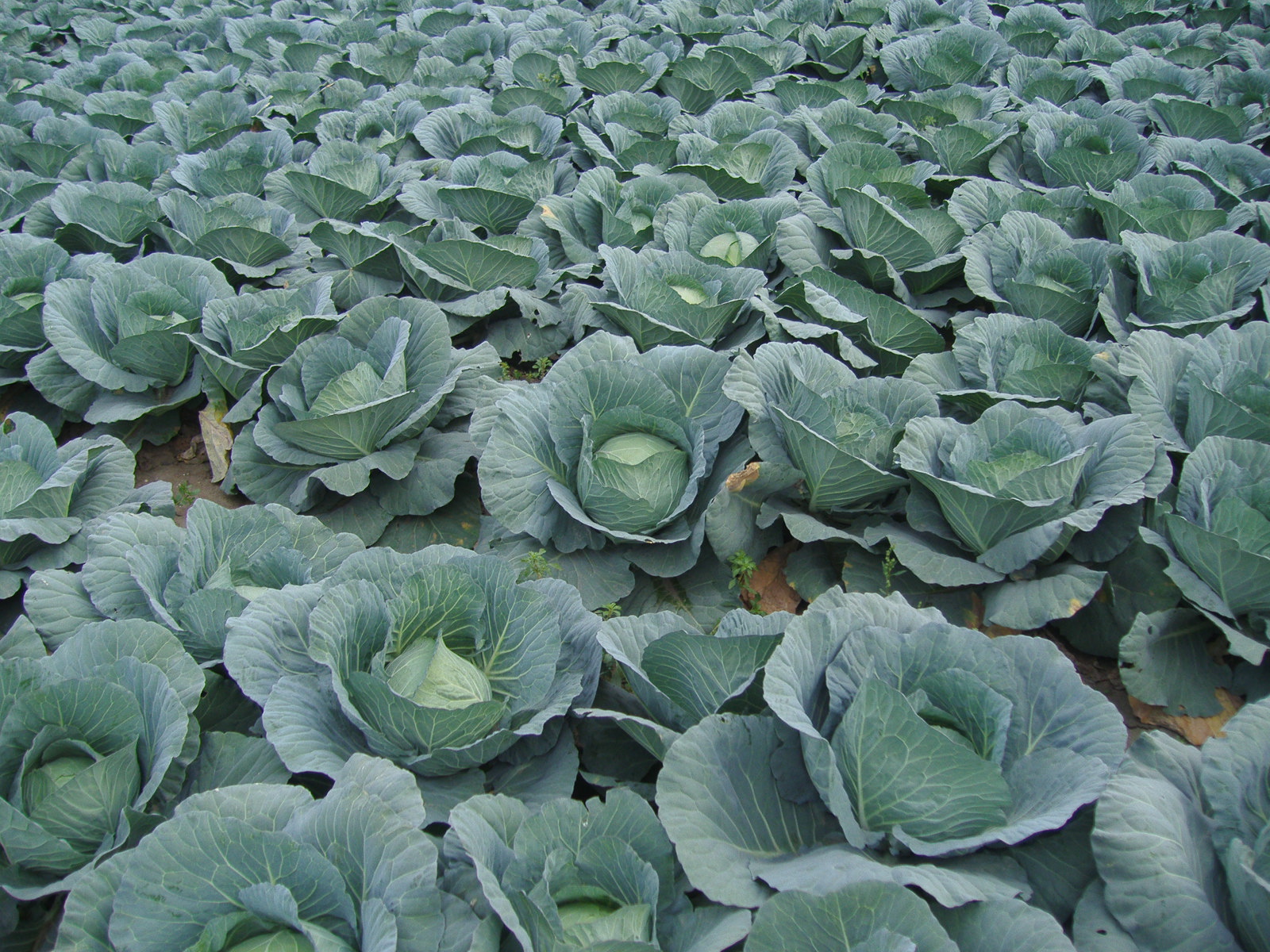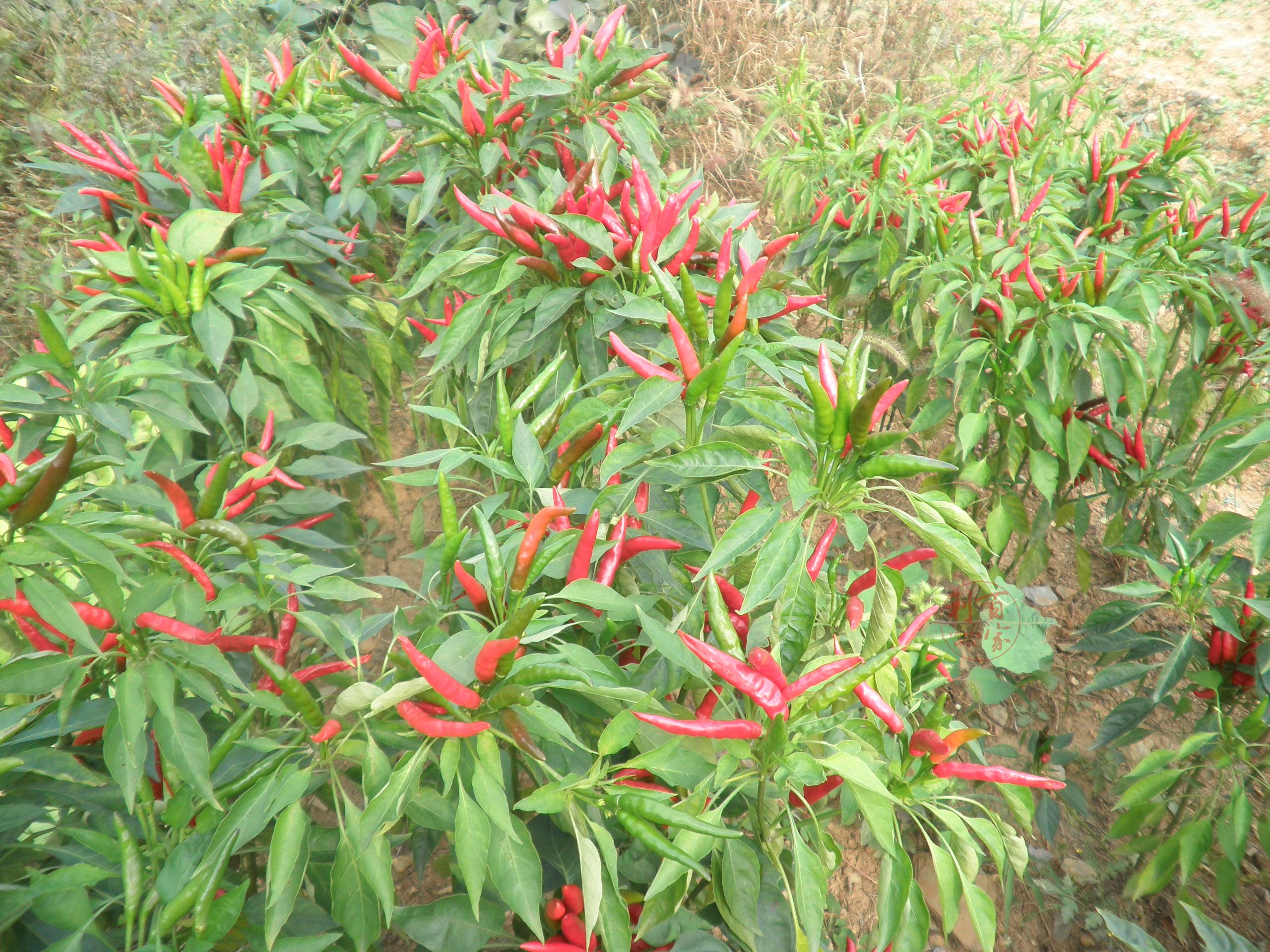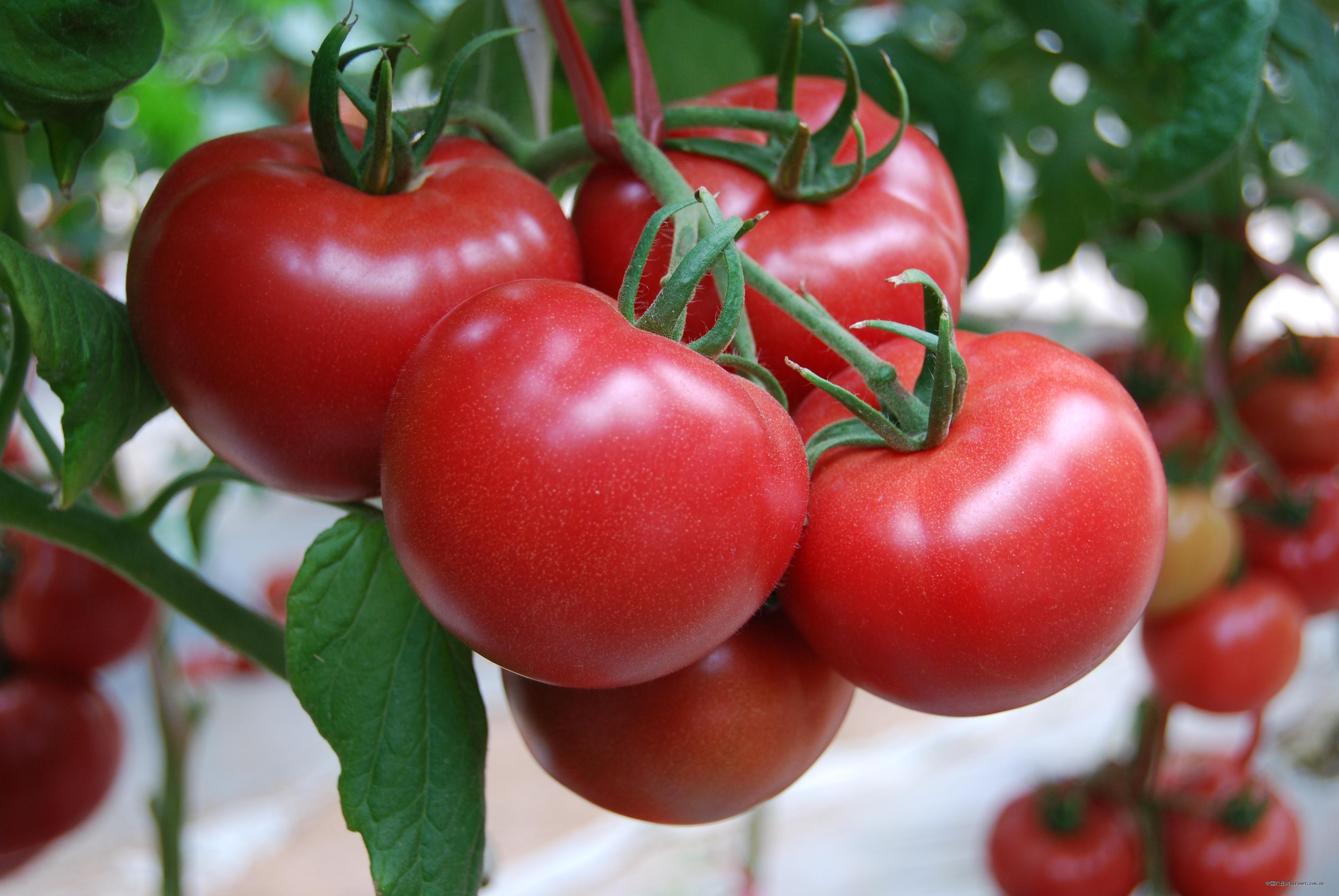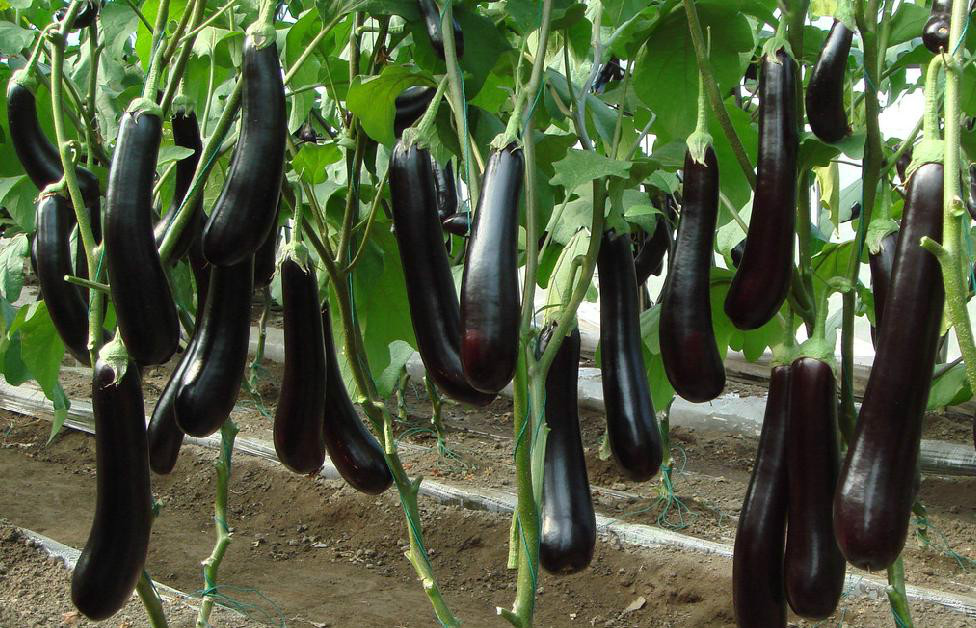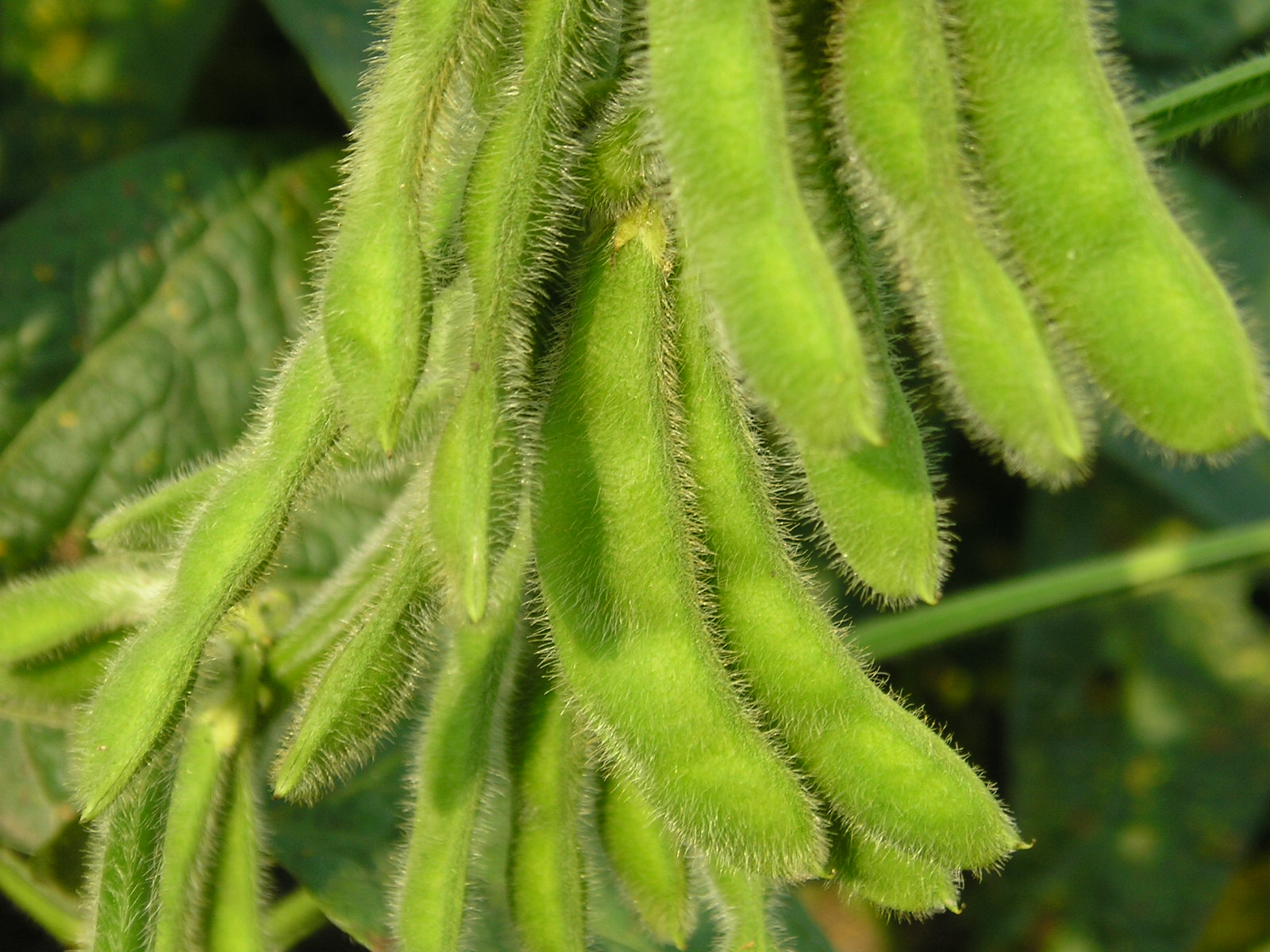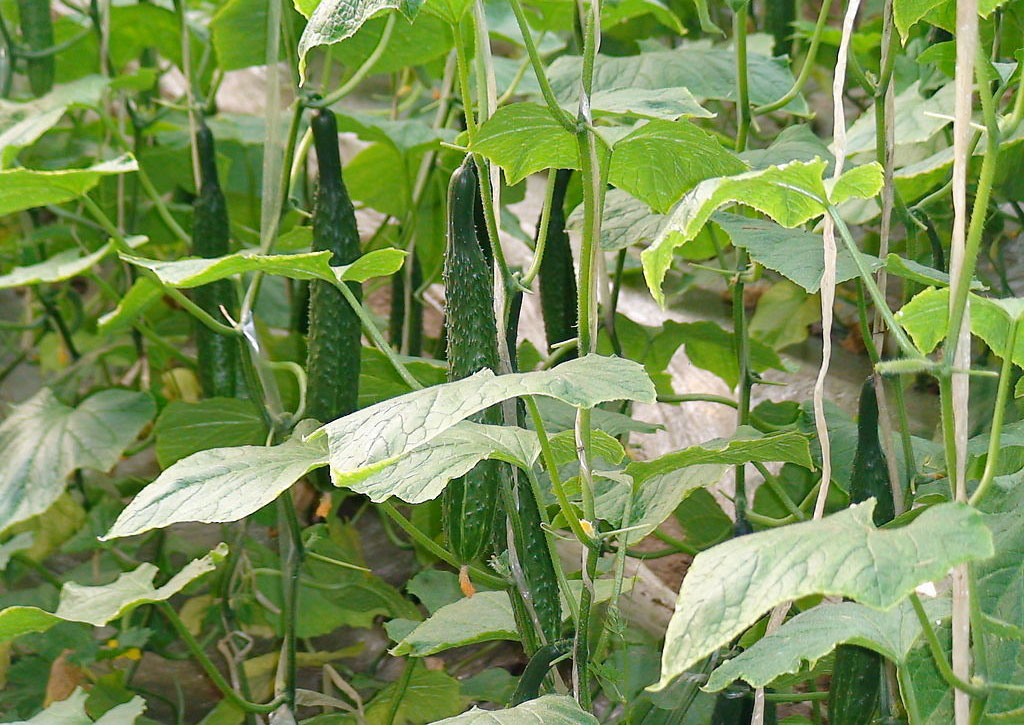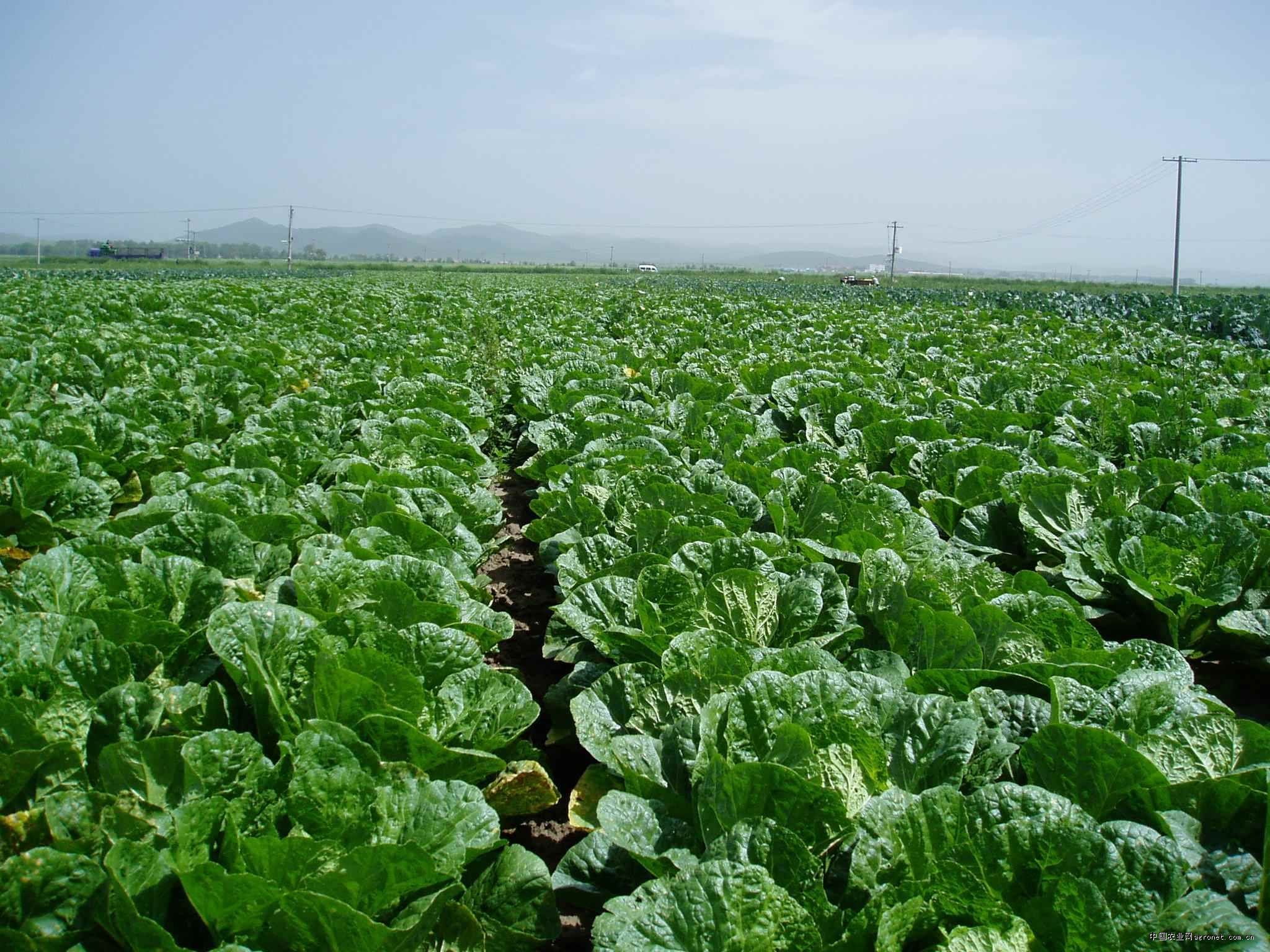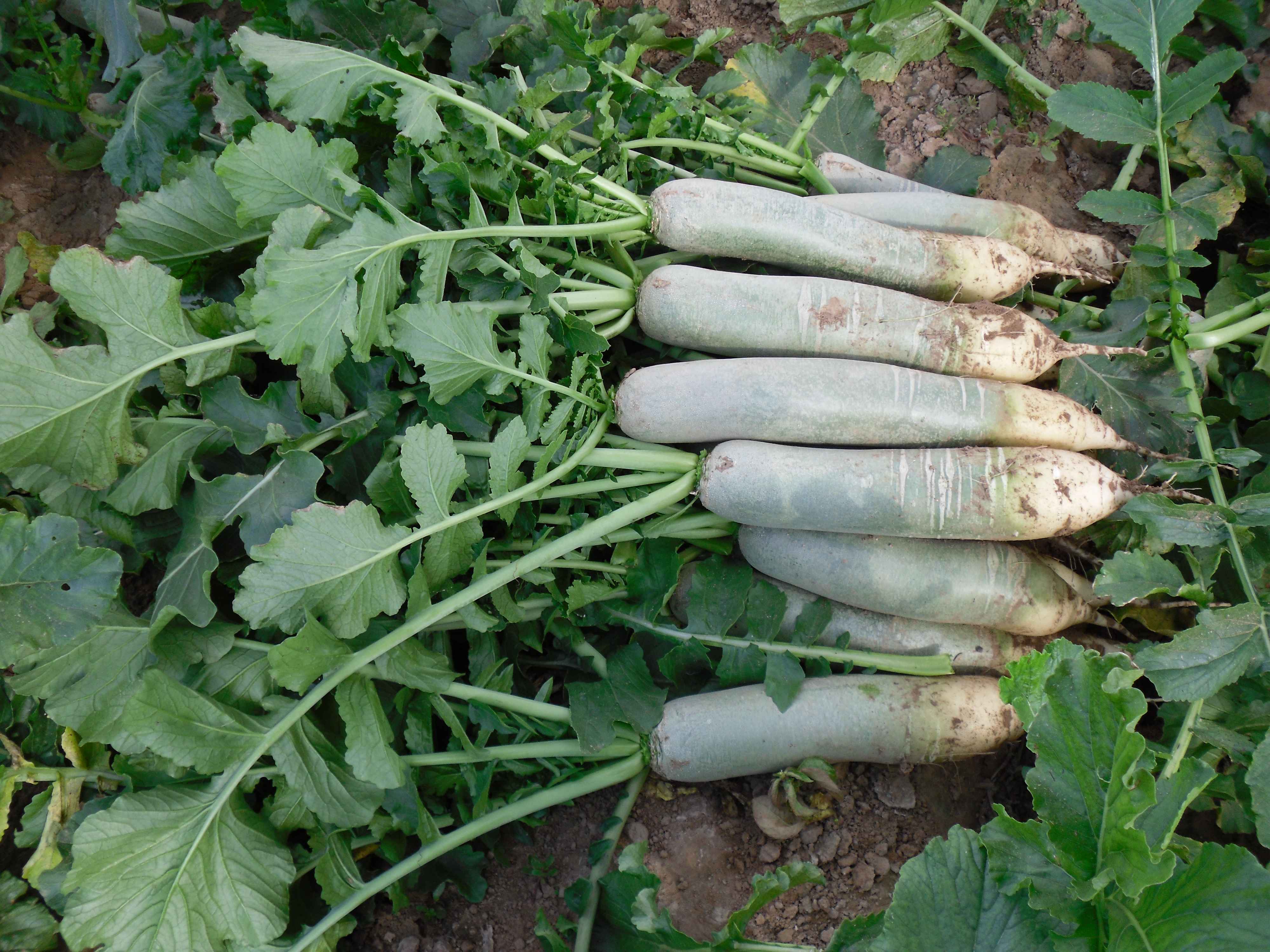Paclobutrazol is a plant growth regulator and fungicide, a plant growth retardant, also called an inhibitor. It can increase the content of chlorophyll, protein and nucleic acid in the plant, reduce the content of erythroxin and indole acetic acid, increase the release of ethylene, increase resistance to lodging, drought, cold and disease, increase yield, improve quality and Improve economic efficiency. It is low-toxic to humans, livestock, poultry and fish, and its use in vegetable production plays an important role in increasing production and improving quality.
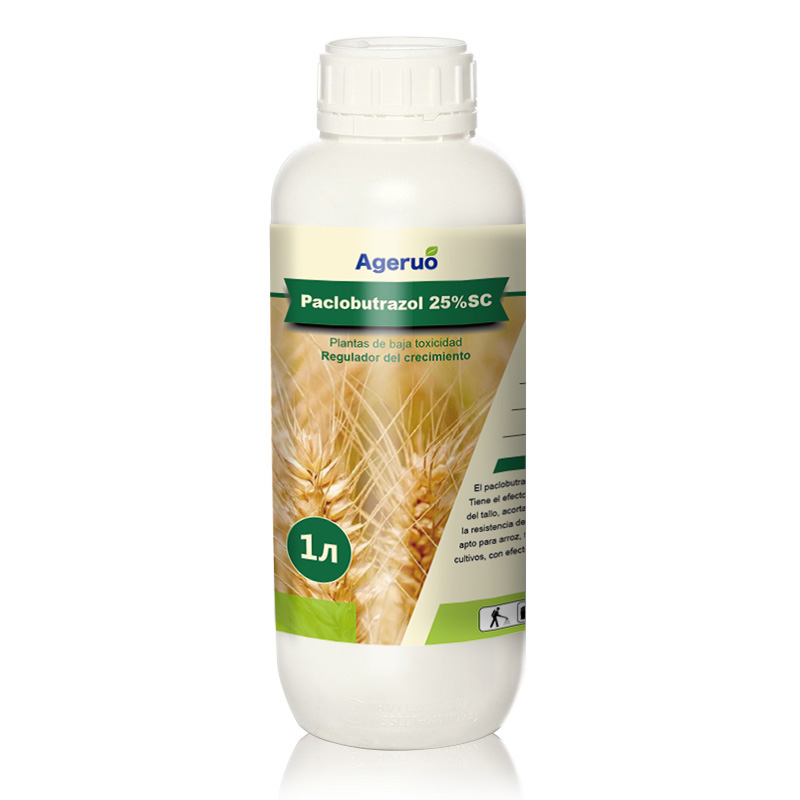
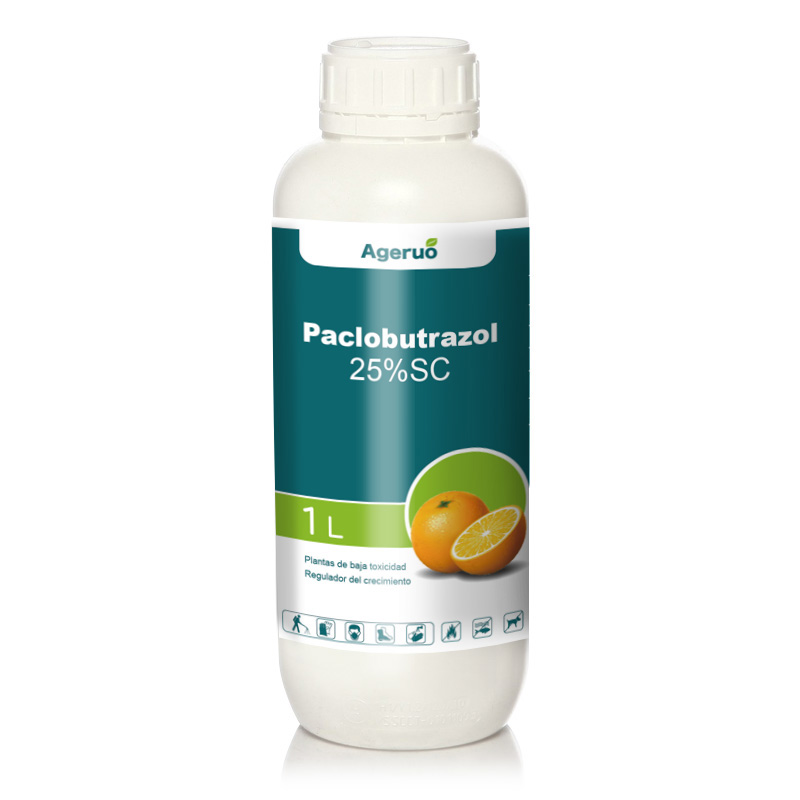
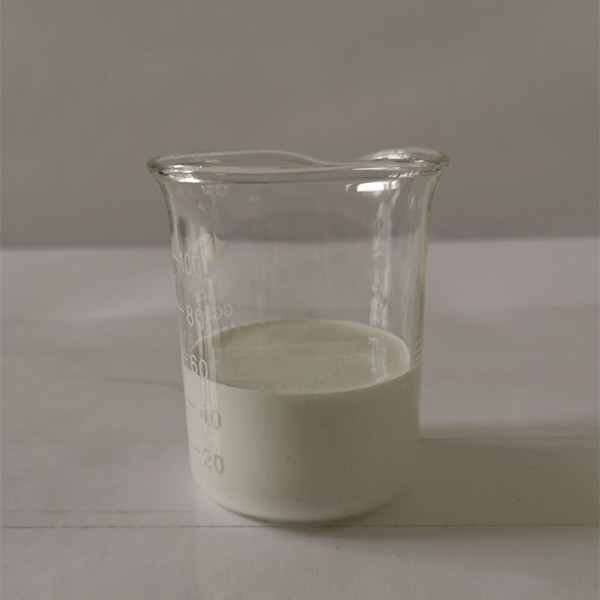
Application of paclobutrazol in agriculture
1. Cultivate strong seedlings
When the seedlings of eggplants, melons and other vegetables are growing leggy, you can spray 50-60 kg of 200-400ppm liquid per acre at the 2-4 leaf stage to prevent the formation of "tall seedlings" and develop short and strong seedlings. For example, when cultivating cucumber seedlings, spraying or watering with 20 mg/L paclobutrazol solution at the 1 leaf and 1 heart stage of the seedlings in plug trays can improve the quality of the seedlings and produce short and strong seedlings.
When raising pepper seedlings, spray 5 to 25 mg/L paclobutrazol liquid at the 3 to 4 leaf stage of the seedlings to cultivate strong seedlings. When raising tomato seedlings, spray 10-50 mg/L paclobutrazol liquid when the seedlings are at the 2-3 leaf stage to dwarf the plants and prevent them from growing too much.
At the 3-leaf stage of autumn tomatoes, spray with 50-100 mg/L paclobutrazol solution to cultivate strong seedlings.
In tomato plug seedling cultivation, 3 leaves and 1 heart are sprayed with 10 mg/L paclobutrazol solution.
When raising eggplant seedlings, spray 10-20 mg/L paclobutrazol solution at 5-6 leaves to dwarf the seedlings and prevent them from growing too much.
When raising cabbage seedlings, spray 50 to 75 mg/L paclobutrazol at 2 leaves and 1 heart, which can make the seedlings grow strong and grow into short and strong seedlings.
2. Control excessive growth
Before planting, soak the roots of peppers with 100 mg/L paclobutrazol solution for 15 minutes before transplanting. Spray with 25 mg/L or 50 mg/L paclobutrazol solution about 7 days after planting; when the growth period is too strong, use 100~ Spraying 200 mg/L paclobutrazol liquid can achieve the effect of dwarfing plants and preventing leggy growth.
In the early growth stage of green beans, spraying with 50 to 75 mg/L paclobutrazol liquid can improve the population structure, enhance photosynthesis, and prevent leggy growth, thereby increasing the number of inflorescences on the main stem by 5% to 10% and the pod setting rate by about 20%.
When edamame has 5 to 6 leaves, spray it with 50 to 75 mg/L of paclobutrazol liquid to make the stems strong, shorten the internodes, promote branching, and grow steadily without becoming leggy.
When the plant height is 40 to 50 cm, spray 300 mg/L paclobutrazol liquid from early August to early September, once every 10 days, and spray 2 to 3 times continuously to control the growth.
Tomato seedlings should be sprayed with 25 mg/L paclobutrazol solution about 7 days after transplanting; spraying with 75 mg/L paclobutrazol solution after slowing the seedlings can prevent leggy growth and promote plant dwarfing.
At the 3-leaf stage, spraying the seaweed moss with 200 mg/L paclobutrazol liquid can control the excessive growth and increase the yield by about 26%.
3. Increase production
In the seedling stage or flourishing stage of root, stem and leaf vegetables, spraying 50 kilograms of 200~300ppm paclobutrazol solution per acre can promote thickening of vegetable leaves, shortening of internodes, strong plants, improved quality, and increased yield. For example, before picking cucumbers, spray them with 400 mg/L paclobutrazol solution to increase the yield by about 20% to 25%.
In the 4-leaf stage of autumn cucumbers in greenhouses, spray 100 mg/L paclobutrazol liquid to shorten the internodes, compact the plant shape, and thicken the stems. The resistance to powdery mildew and downy mildew is enhanced, the cold resistance is improved, and the fruit setting rate is increased. , the yield increase rate reaches about 20%.
At the 3-4 leaf stage of Chinese cabbage, spraying the plants with 50-100 mg/L paclobutrazol solution can dwarf the plants and increase the seed amount by about 10%-20%.
When the radish has 3 to 4 true leaves, spray it with 45 mg/L paclobutrazol solution to enhance resistance and reduce the incidence; during the fleshy root formation stage, spray it with 100 mg/L paclobutrazol solution to inhibit plant growth. It inhibits bolting, makes the plant leaves greener, makes the leaves short and upright, enhances photosynthesis, and promotes the transport of photosynthetic products to the fleshy roots, which can increase yield by 10% to 20%, prevent bran cores, and improve marketability.
Spraying edamame with 100 to 200 mg/L paclobutrazol liquid during the first to full flowering stage can increase effective branches, effective pod number and pod weight, and increase yield by about 20%. When the vines climb to the top of the shelf, spray the yam with 200 mg/L paclobutrazol liquid. If the growth is too vigorous, spray it once every 5 to 7 days, and spray 2 to 3 times continuously to inhibit the growth of stems and leaves and promote the germination of side branches. Flower buds develop, tubers enlarge, and yield increases by about 10%.
4. Promote early results
Too much nitrogen fertilizer is applied to the vegetable field, or the vegetables are shaded and the light is insufficient, or the humidity of the vegetables in the protected area is high at night, etc., which often causes the vegetable stems and leaves to become elongated, affecting reproductive growth and fruit setting. You can spray 50 kg of 200ppm liquid per acre to prevent The stems and leaves are leggy, promoting reproductive growth and early fruiting. During the formation stage of fleshy roots, spraying 100-150 mg/L paclobutrazol solution on the leaves, 30-40 liters per acre, can control the growth of the above-ground parts and promote the hypertrophy of fleshy roots. Pay attention to the accurate concentration of the drug and the uniform spraying. Promote fruit ripening. After fruiting, spray with 500 mg/L paclobutrazol solution to inhibit vegetative growth and promote fruit maturity.
Precautions
Strictly control the amount and period of medication. If the whole plant is sprayed, in order to increase the adhesion of the liquid, add an appropriate amount of neutral washing powder to the liquid. If the dosage is too large and the concentration is too high, causing crop growth to be inhibited, you can increase the application of quick-acting fertilizers, or use gibberellin (92O) to alleviate the problem. Use 0.5 to 1 grams per acre and spray 30 to 40 kilograms of water.
Post time: Mar-11-2024


